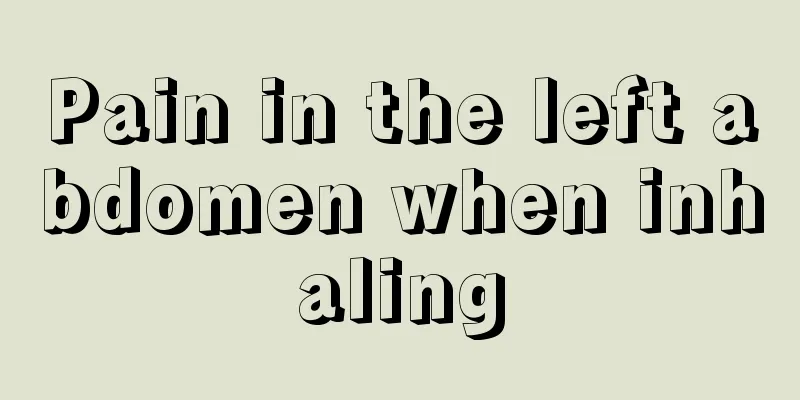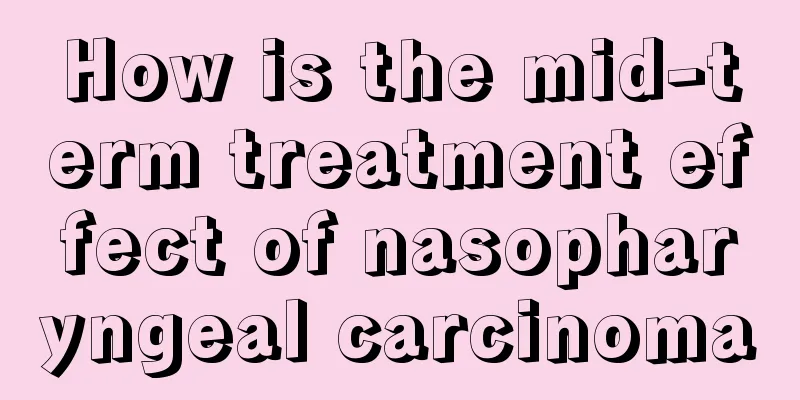International Histological Classification of Gastric Cancer

|
The gross morphology of advanced gastric cancer varies, and the biological characteristics and clinical significance of gastric cancer with different gross morphologies are different. In order to deeply study the relationship between the morphology and biological characteristics of gastric cancer in order to guide clinical treatment. The Bormann classification (1923) is the most widely used classification method for advanced gastric cancer in the world. It is classified according to the morphological characteristics of the tumor on the mucosal surface and the infiltration pattern in the gastric wall. (1) Bormann I type (nodular or polypoid): The cancer mainly protrudes into the stomach cavity and may be polypoid, mushroom-like or nodular. The surface may be papillary or cauliflower-like, and less obvious erosion or ulceration may be seen. The base of the tumor is wide, the infiltration is not obvious, and the boundaries are clear. This type of gastric cancer grows slowly and metastasizes later. It is easy to be found during X-ray examination and gastroscopy because of the obvious raised mass. (2) Bormann type II (local ulcer type): There is obvious ulceration on the surface of the tumor. The edge of the ulcer is obviously raised and embankment-like. The boundary is clear and limited, and there is no obvious infiltration to the surrounding area. (3) Bormann type III (infiltrating ulcerative type): There is also obvious ulceration on the surface of the tumor, but the edge of the ulcer is sloping and the bottom of the ulcer grows infiltratingly toward the exploration layer and the surrounding area, making the boundary of the tumor unclear. (4) Bormann IV type (diffuse infiltrative type): The cancer diffusely infiltrates all layers of the stomach wall. There are no obvious mass-like protrusions on the mucosal surface, and no deep ulcers. Some mucosa may be intact or have shallow ulcers and erosions. This type of gastric cancer is characterized by thickening and hardening of the stomach wall, flattening of the mucosa, disappearance or irregularity of the folds, and expansion of the stomach cavity, but most of them are reduced, which is called "leather cyst stomach" or Linitis plastica (plastic gastritis). If the whole stomach is involved, it is called diffuse infiltrative type or whole stomach leather cyst stomach. If only the gastric antrum is involved, it is called local infiltrative type or whole stomach leather cyst stomach. If only the gastric antrum is involved, it is called limited infiltrative type or local leather cyst stomach. |
>>: Tumor marker detection for pancreatic cancer
Recommend
Treatment for early stage kidney cancer
Treatment of early kidney cancer: Speaking of mal...
The pros and cons of latex mattresses
I believe everyone has a certain understanding of...
Does spinach need to be blanched before juicing? Does spinach need to be blanched with hot water?
In addition to being cooked using traditional sti...
Will I age faster if I don’t use skin care products?
In today's society, almost every adult woman ...
Can succulents be placed in the bedroom?
Many people like to grow succulents and like to p...
What are some tips for removing acne and acne scars
Everyone will have their own adolescence in life....
Lobectomy for lung cancer
The choice of lung resection method is mainly bas...
Treatment and diagnosis of ovarian tumors
Ovarian tumor is a common gynecological tumor dis...
Why does tongue cancer favor women more? To prevent tongue cancer, you should pay attention to these points
In recent years, the incidence of tongue cancer h...
How to take care of lung cancer during chemotherapy? 6 cares can be done during lung cancer chemotherapy
Lung cancer is a difficult cancer to treat. Curre...
How long does it take for high temperature to kill parasites
We should know that parasites generally appear in...
Are there preservatives in canned food?
Canned food is a very delicious food. Many people...
What are the conventional medications for fibroids
What are the conventional medications for fibroid...
How long does it take to recover from a bone fracture?
Bone fractures can occur for many reasons and can...
What tests are needed if glioma is suspected
Glioma is a brain nerve tumor, which has a certai...









